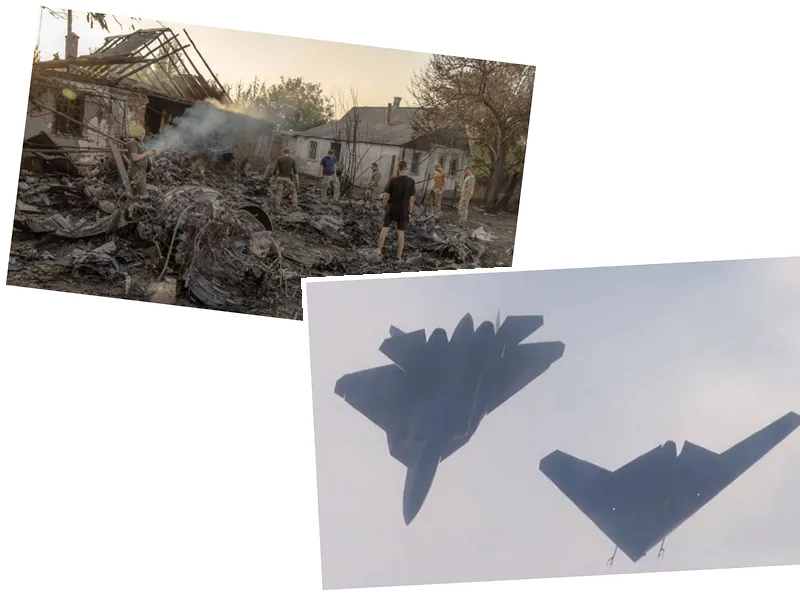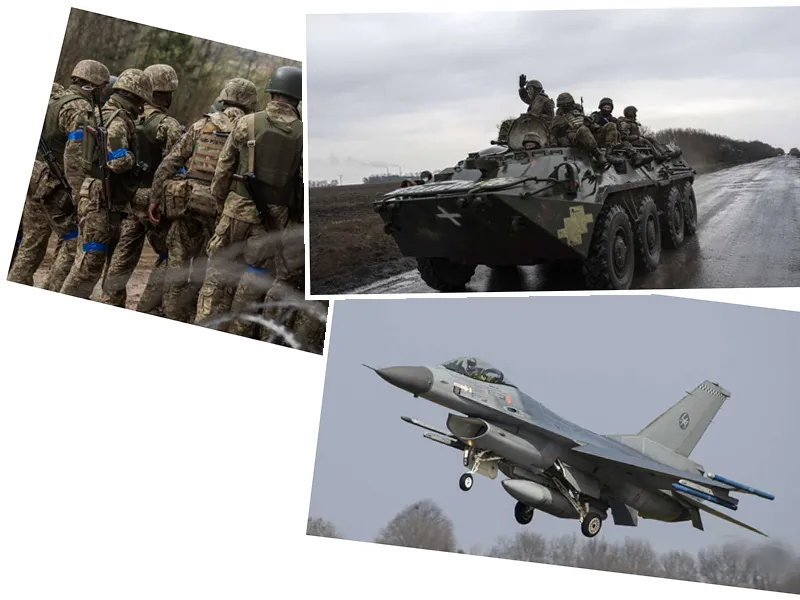Ukraine Hits Russian Soil: Fighter Jet Deployment Marks New Escalation
In a significant military development, Ukraine deployed a fighter jet to strike targets within Russia, signaling a new phase in the ongoing conflict. For the first time since the outset of the Russian invasion, Ukrainian forces targeted a Russian command point in the Belgorod border region, according to a Ukrainian military source quoted by Sky News. The attack, carried out on June 9, involved an air strike by the Ukrainian Air Force and marks the first instance of such an assault since hostilities began.
Targets and Impact: High-Stakes Strikes
The Belgorod region has been a recurrent target of Ukrainian attacks in recent months. This particular attack is reported to have hit an ammunition depot in the village of Rakitnoye, confirmed by Belgorod's governor Vyacheslav Gladkov, who stated that the impacted building was not residential. Concurrently, the Russian Defense Ministry reported the downing of three Ukrainian drones over the region, resulting in three soldiers injured. The series of attacks has been seen as a direct response to Russia’s aggressive maneuvers.
Advanced Russian Aircraft in Crosshairs
In a separate, coordinated strike, Ukrainian forces targeted a state-of-the-art Russian fighter jet, the Sukhoi Su-57, at an air base located approximately 400 miles from the frontline. According to Ukraine’s main military intelligence service, the operation successfully hit the aircraft, making it the first known successful attack on a Su-57. Although details remain sparse, it is presumed that drones were used to execute these attacks. This strike comes at a critical moment, just as Ukraine reportedly received approval from the U.S. and Germany to use Western-supplied weapons for limited attacks within Russian territory.
Putin's Response: A Threat of Escalation
Russian President Vladimir Putin reacted strongly to these Ukrainian offensives, particularly the unprecedented deployment of a fighter jet. He warned of retaliatory measures, including the potential supply of weapons to Western adversaries. At the International Economic Forum in St. Petersburg, Putin hinted at arming nations and entities facing Western military pressure. Dmitry Medvedev, Russia's deputy chairman of the Security Council, supported this stance by emphasizing that Russia could also provide advanced weaponry to U.S. foes, escalating the stakes significantly. This development underscores the increasingly volatile geopolitical landscape and potential ramifications extending beyond the current conflict zone.
- The Ukrainian defensive strategy has gained momentum with the recent **drone attacks**. The ongoing combat in various Ukrainian provinces, especially Kharkiv, showcases the intensity of the conflict. The easing of restrictions by Western allies on the use of **long-range weaponry** signifies a strategic shift, allowing Ukraine to target Russian capabilities directly across the border. This move has drawn a sharp response from Moscow, with threats of escalating retaliation. Observers are closely monitoring how this will influence the larger conduct of the war and relations between NATO and Russia.
- U.S. National Security Advisor Jake Sullivan defended the decision to allow Ukraine to employ Western-supplied weapons within Russian borders. Sullivan emphasized the rationale behind the move, noting that it was a direct response to Russian offensives targeting Ukrainian cities like Kharkiv. According to Sullivan, it is only logical for Ukraine to counter these attacks using all available resources.
- Furthermore, the conflict’s impact on civilians remains dire, with reports indicating multiple casualties and severe infrastructure damage across Ukrainian regions attacked by Russian forces. The humanitarian crisis continues to deepen as battles rage on in Kharkiv, Donetsk, Sumy, and Chernihiv, affecting thousands of lives.






